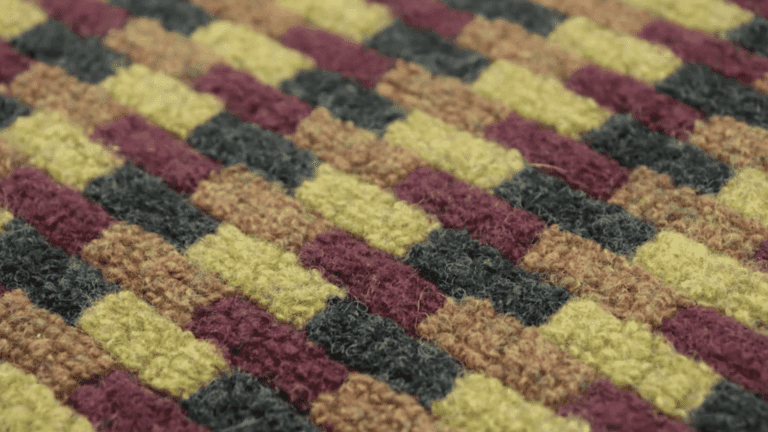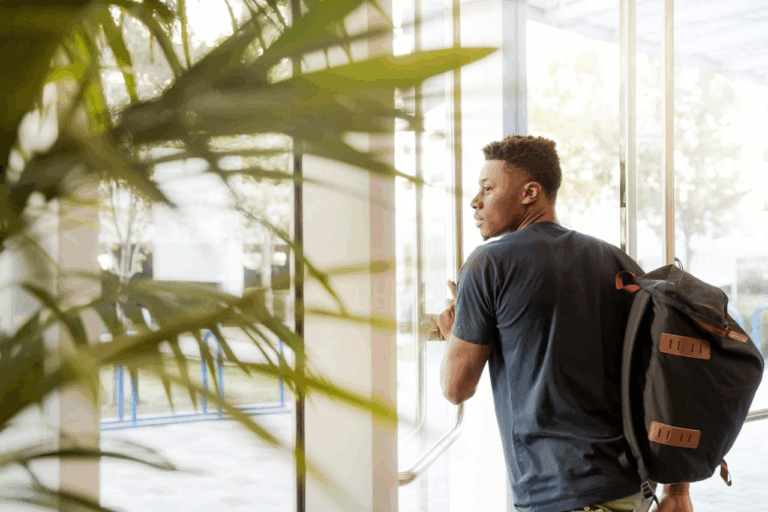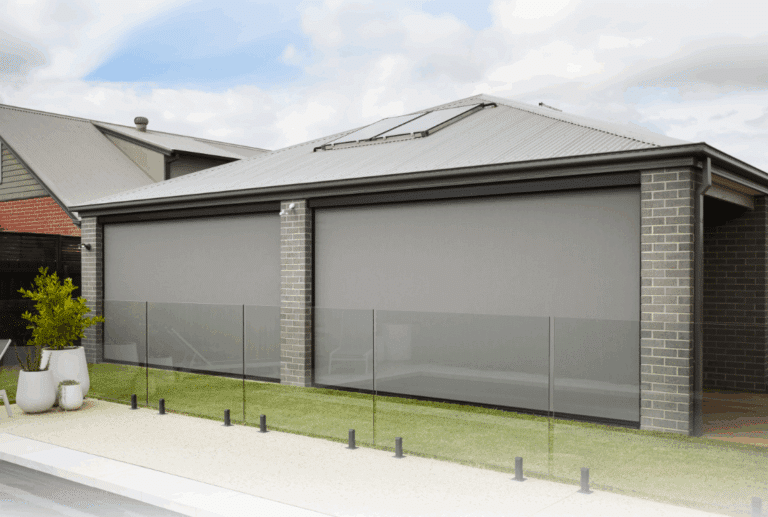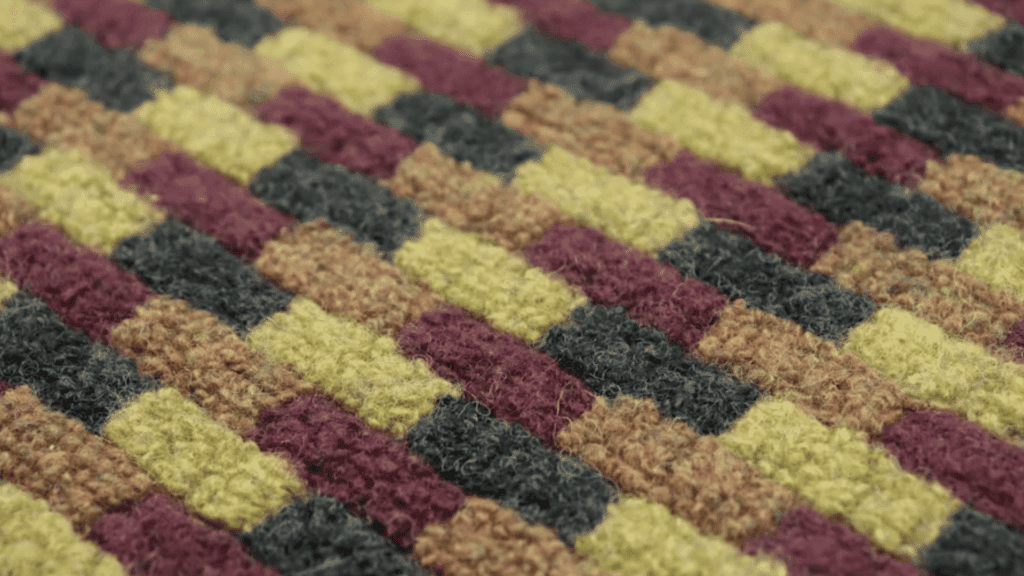Think side sitting is just another casual posture? Here’s what many don’t realize.
Most people believe side-sitting means turning sideways in a chair, nothing special.
But that’s not quite right. This sitting style actually offers helpful benefits when done the right way and can make a real difference between healthy posture and discomfort.
The truth is, proper side-sitting can ease strain and improve comfort. What makes the difference is knowing the simple positioning steps that most miss.
When Should Babies Start Side Sitting?
Most babies start sitting side-to-side around 7 to 9 months. It’s not something you need to teach right away; it usually happens on its own.
One day, while reaching for a toy or turning to look at something, your baby might lean to the side and stay there. That’s side-sitting! It’s a sign that their balance and core muscles are getting stronger.
With my little one, I noticed she began side-sitting around 8 months. At first, it looked wobbly, and she’d topple over after a few seconds. But after a week or two, she got steadier. It was a nice step between sitting up straight and crawling.
Every baby grows at their own pace. If yours isn’t side-sitting yet, don’t stress. Give them time, space to move, and things to reach, that’s usually all they need.
W-Sitting vs. Side-Sitting: Why Does It Matter?
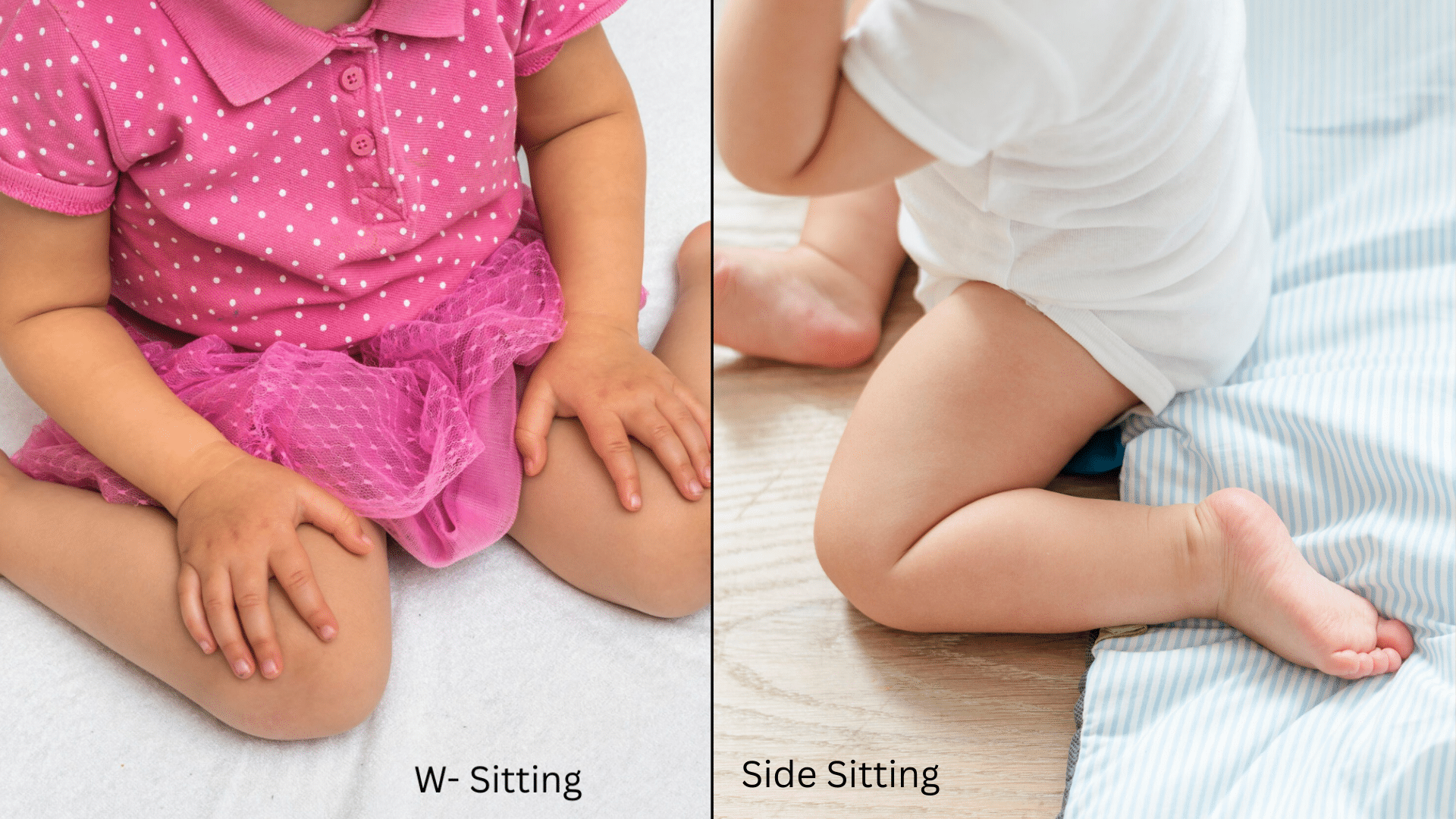
As babies learn to sit, they try different positions like W-sitting and side-sitting. W-sitting is when their legs form a “W” shape, while side-sitting means both legs are bent to one side.
W-sitting can help with balance but may stress joints over time. Side-sitting supports better core strength and natural movement.
| Feature | W-Sitting | Side-Sitting |
|---|---|---|
| Leg Position | Legs bent with feet turned out, forming a “W” shape | Legs bent and tucked to one side |
| Common Age | Often seen in toddlers learning to sit | Starts around 7–9 months |
| Body Support | A wide base gives extra balance but may limit muscle use | Helps babies shift weight and use core muscles |
| Effect on Posture | Can lead to weaker posture over time | Encourages upright sitting and good posture |
| Growth Impact | May cause stress on hips and knees if done too often | Supports healthy movement and balance |
| Parental Concern | Okay in short moments, but not ideal as a regular habit | Generally safe and part of healthy development |
How Side Sitting Affects Your Baby’s Growth and Movement
Side-sitting may seem like just another way for your baby to sit, but it actually plays a big part in how they grow and move.
It helps them use important muscles, learn balance, and get ready for bigger steps like crawling and standing.
When babies sit side-to-side, they shift their weight, turn their bodies, and use their arms, all of which support healthy development.
Here are some key ways side-sitting helps your baby:
- Builds core strength: It helps strengthen the muscles in their belly and back.
- Improves balance: They learn how to stay steady while shifting weight from side to side.
- Prepares for crawling: Side-sitting helps them move between sitting and crawling more smoothly.
- Supports good posture: It teaches them to sit tall instead of leaning or slumping.
- Encourages reaching and turning: While side-sitting, babies often twist and grab toys, building movement skills.
- Boosts body awareness: They start to learn where their body is in space and how to control it.
How Side Sitting Is Perceived in Different Circles
Side-sitting is often seen as a positive step in a baby’s growth, but how it’s viewed can depend on the person.
Most of the time, it’s encouraged because it shows your baby is learning to balance, shift weight, and use their core muscles. Still, different people might think about it a little differently:
- Parents: They usually feel happy when they see their baby sitting side by side. It’s a sign their child is becoming more independent and stable. Some may not notice it much unless it looks uncomfortable or uneven.
- Pediatricians: They tend to view sitting sideways as a healthy position. It shows that the baby is learning to move in and out of sitting on their own. They may only bring it up if something seems off with your baby’s posture or movement.
- Therapists (like physical or occupational therapists): They often recommend side-sitting during play. They see it as a good way to build strong muscles and get babies ready for crawling, standing, or switching positions.
- Caregivers or daycare workers: May notice side-sitting during floor time. Many are trained to spot sitting styles and gently help babies who need extra support or balance practice.
Overall, side-sitting is viewed as a good thing in most circles. It shows progress and gives babies a chance to grow stronger through natural movement.
Helping Your Baby Learn to Side Sit Without Fuss
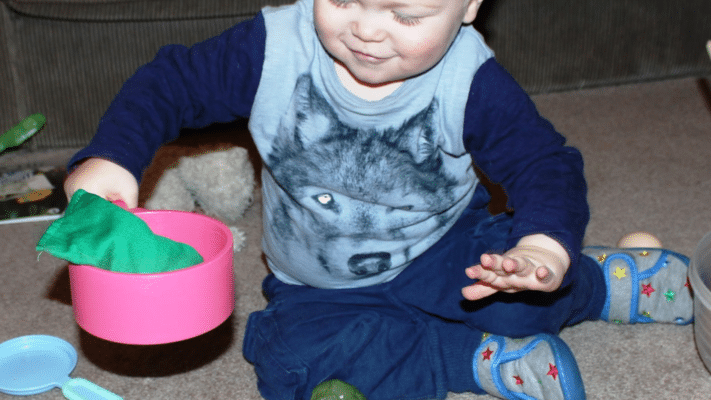
Side-sitting helps babies develop balance, coordination, and core strength. With gentle guidance and playful interaction, you can support this milestone in a safe, natural way.
- Encourage tummy time daily: This builds the upper body strength babies need to shift into and maintain a side-sitting position.
- Use toys to guide movement: Place a favorite toy slightly to one side to naturally prompt leaning and reaching.
- Support gently at the hips: Help your baby shift into a side-lying position with light support at the waist or hips, then gradually reduce the assistance.
- Play on firm, soft surfaces: Use a rug or play mat to provide enough stability without making it uncomfortable.
- Model side-sitting yourself: Sit next to your baby in the side-sit position. They may imitate you out of curiosity and comfort.
Bottom Line
Side sitting may seem like a small step, but it plays a big role in your baby’s growth.
It helps build strong tummy and back muscles, improves balance, and gets your little one ready to move into crawling, standing, and walking.
Some babies slide into this position on their own, while others need a bit of help and time.
That’s okay, baby is different. Using play, support, and a little encouragement, you can help your baby feel more comfortable with side-sitting.
Just keep things fun, be patient, and watch how they grow stronger every day. If you’ve tried any of the tips in this guide or have your own ideas, feel free to share in the comments.




